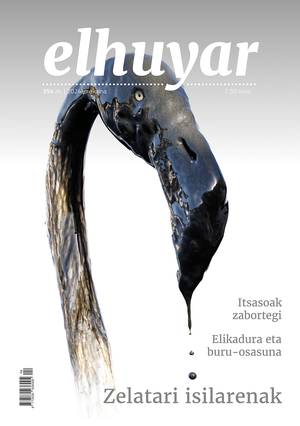Free radicals have a job in the ear

Radicals free of oxygen have to do with cellular "deterioration" and, in short, with old age. Radicals have intense chemical activity, they react quickly with the surrounding molecules, destroying what should not be destroyed. But oxygen radicals are not only destructive: according to one study, they have at least one role in the inner ear.
This task is part of the equilibrium containment system. To maintain balance, mammals have in the ear small crystals called otoconies. These crystals help the animal differentiate the upper part of the lower part. And the rats missing the crystalline ones, for example, do not work properly and when they are upside down they do not try to turn around.
The relationship with radicals comes from the presence of American researchers who have seen these effects on rats by eliminating several genes, whose work is the synthesis of molecules produced by oxygen radicals. In short, scientists have discovered a relationship between radicals and the creation of otoconia. They still do not know exactly what the chemistry of the process is, but have managed to know that the genes involved in the creation of otoconia are active before the birth of the animal. At birth, these genes are "silenced." In the end, oxygen radicals have to do not only with old age, but also with birth.






